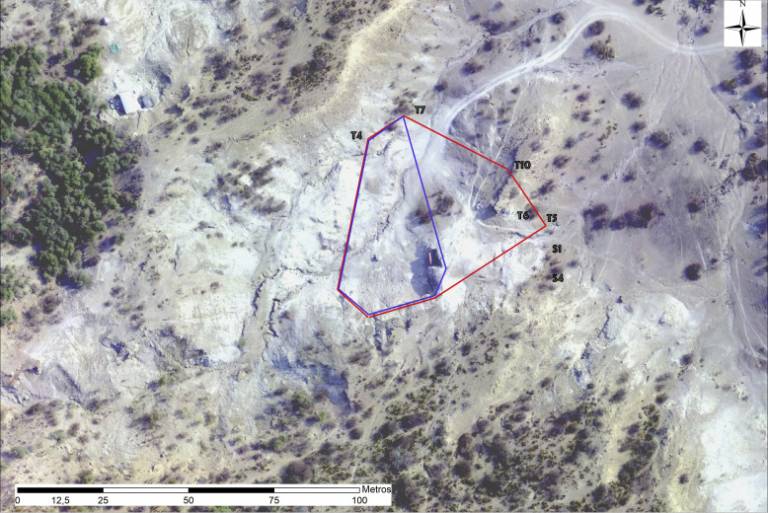Estimating the number of hominin individuals occupying the famed FLK Zinj site in the Olduvai Gorge
6 January 2019
Humans are the only primates that maintain regular inter-group relationships and meta-group social networks that enable the inter-group flow of individuals.
 This is the basis of the band/tribe concept in the anthropology of modern foragers. The present work is a theoretical approach to the development of analytical tools to understand group size and the temporal scale of site occupation in the archaeological record. We selected FLK Zinj as one of the oldest examples of a taphonomically-supported anthropogenic site in which both variables (group size and time) could be modelled using a combination of modern forager regression estimates from their camp sizes and estimates derived from the combined use of modern African foragers' meat consumption rates per day per capita during the dry season and minimum estimates of flesh yields provided by the carcass parts preserved at FLK Zinj. This approach provides the basis for a testable hypothesis which should be further tested in other Oldowan sites. An estimate of 18-28 individuals occupying FLK Zinj was made, which is similar to the estimated 16 individuals of one of the 1.5 Ma Ileret Homo erectus footprint trails. It also shows a similar proportional distribution to Dunbar's equations (group size to neocortex ratio) as documented in modern foragers, which suggest that most of the social network of H. erectus was in the meta-group level as is the case of modern foragers. Irrespective of the range of variation discussed for both variables (group size and length of time represented), it is argued that neither small estimates of time nor small group sizes can account for the formation of FLK Zinj.
This is the basis of the band/tribe concept in the anthropology of modern foragers. The present work is a theoretical approach to the development of analytical tools to understand group size and the temporal scale of site occupation in the archaeological record. We selected FLK Zinj as one of the oldest examples of a taphonomically-supported anthropogenic site in which both variables (group size and time) could be modelled using a combination of modern forager regression estimates from their camp sizes and estimates derived from the combined use of modern African foragers' meat consumption rates per day per capita during the dry season and minimum estimates of flesh yields provided by the carcass parts preserved at FLK Zinj. This approach provides the basis for a testable hypothesis which should be further tested in other Oldowan sites. An estimate of 18-28 individuals occupying FLK Zinj was made, which is similar to the estimated 16 individuals of one of the 1.5 Ma Ileret Homo erectus footprint trails. It also shows a similar proportional distribution to Dunbar's equations (group size to neocortex ratio) as documented in modern foragers, which suggest that most of the social network of H. erectus was in the meta-group level as is the case of modern foragers. Irrespective of the range of variation discussed for both variables (group size and length of time represented), it is argued that neither small estimates of time nor small group sizes can account for the formation of FLK Zinj.
The meta-group social network of early humans: A temporal-spatial assessment of group size at FLK Zinj (Olduvai Gorge, Tanzania)
Manuel Domínguez-Rodrigo, Lucía Cobo-Sánchez, Julia Aramendi, Agness Gidna
DOI: 10.1016/j.jhevol.2018.11.001
 Close
Close

